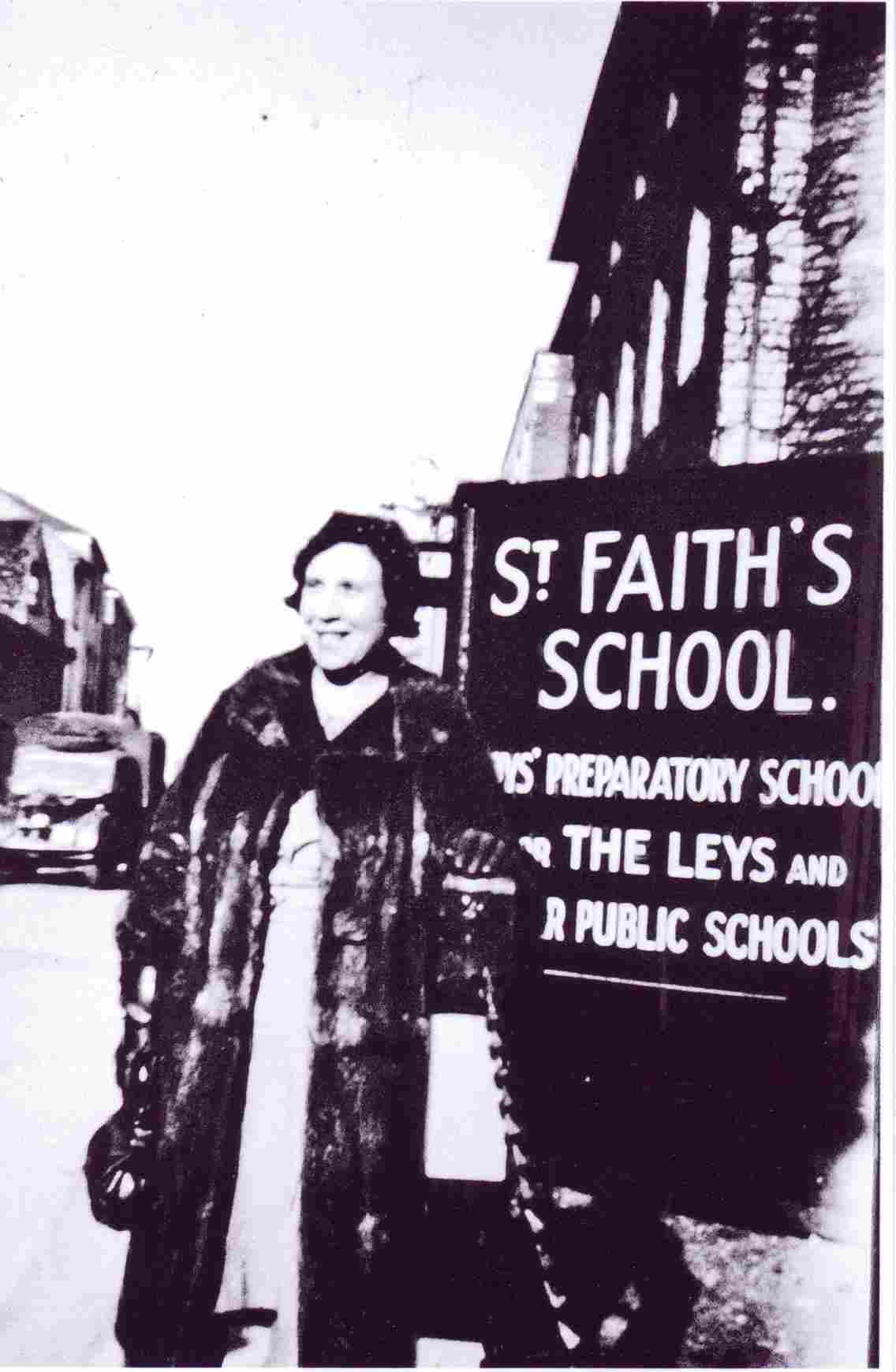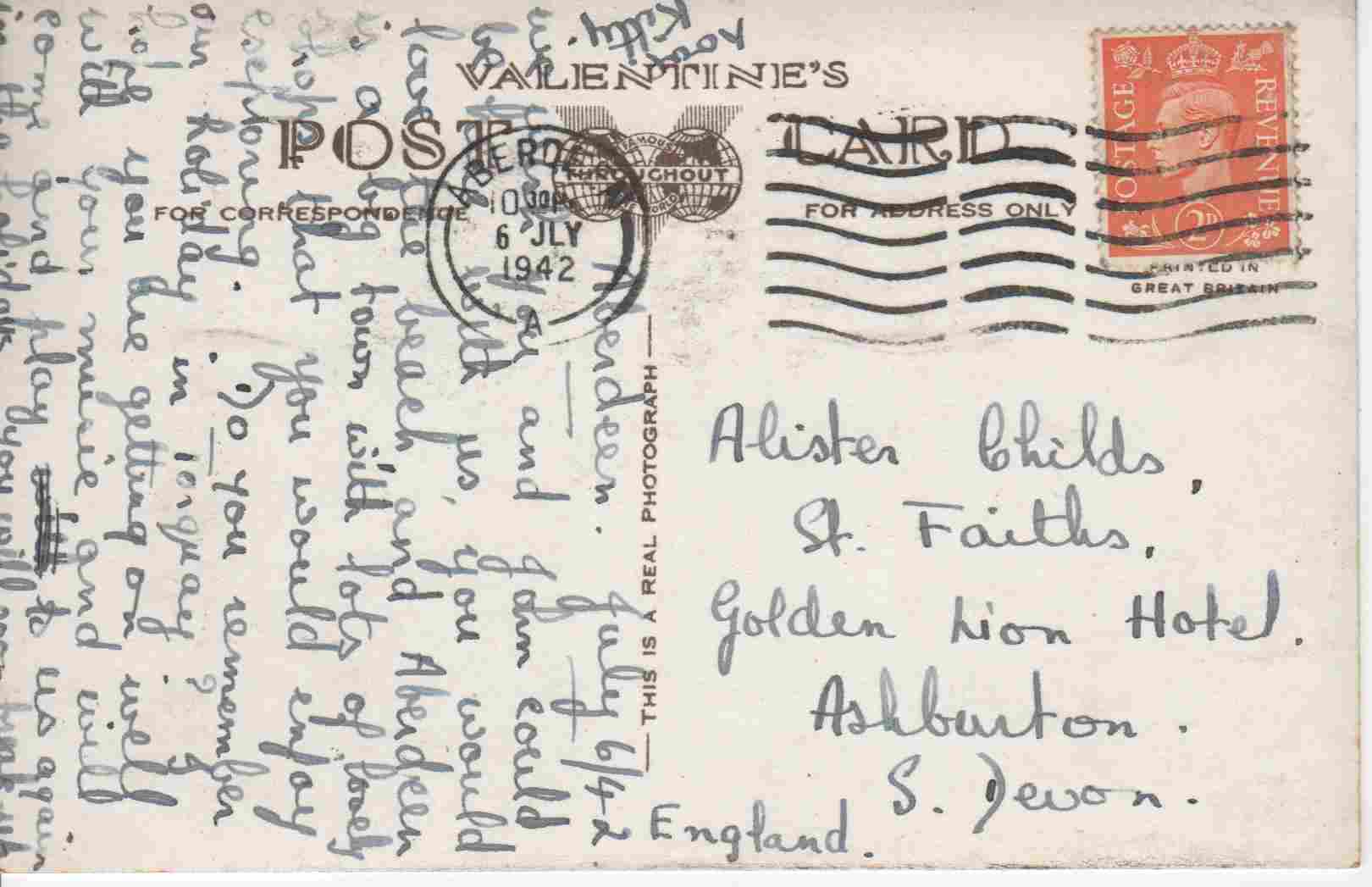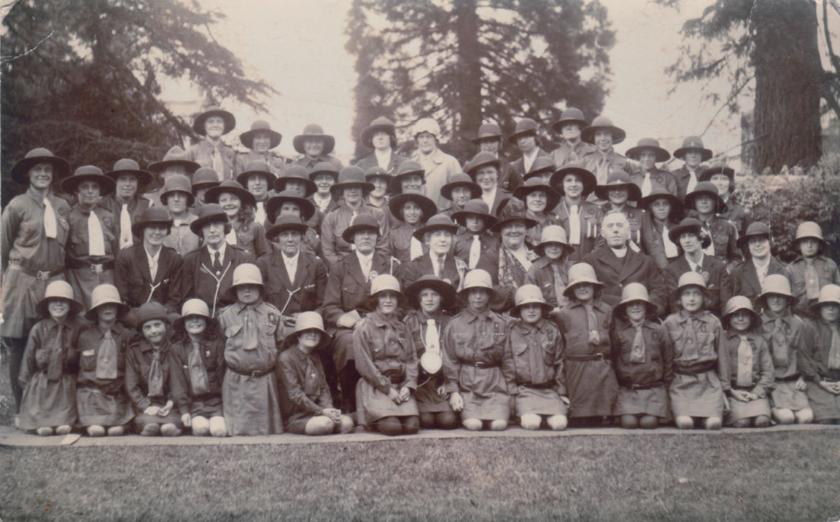

Mr. W. Skynner's school for 'Young gentlemen' probably
began in 1824, the date given in the Education Returns of 1833 (a
survey ordered by Parliament) for the only school apart from the Grammar
School not to admit girls. 20 males attended the school at that date, but these appear to only be the day pupils.
In 1828 Mr. Skynner's school was about to re-open in a more 'commodious' house in East Street. The
following year a property in East Street occupied by William Skynner
was up for sale. It comprised a dwelling house, courtlage, outhouses and
garden.
Exeter and Plymouth Gazette 5 July 1828 p3 col4
Exeter and Plymouth Gazette 19 September 1829 p1 col4
Mr. Skynner's Classical and Mathematical Academy was re-opening in June (presumably after the holidays). Mr. Skynner describes himself as being 'of Magdalene College, Cambridge'.
Exeter and Plymouth Gazette 28 June 1834 p2 col3
The only William Skinner who seems to
fit those listed in the online database of Cambridge University
graduates is a William Skynner of Magdalene, son of John. Aged 33, he
was a 'ten year man' when he was admitted in January 1833, which
suggests that he was reading for a Bachelor of Divinity degree.* He was
also a 'sizar', i.e. he received financial help.
Ancestry.com. Cambridge University Alumni 1261-1900
*'In consequence of the lamentable ignorance of the clergy at the accession of Queen Elizabeth, a statute was made by which persons of twenty four years old or upwards were allowed to enter themselves at the University of Cambridge, and after ten years, omitting the degrees in Arts, to take those in Divinity.'
The Gentleman's Magazine 1825, vol 138, p608
A ten year man was 'so called because being admitted at college late in life, the Bishop immediately ordains them with the proviso that they reside at certain periods in the University, keep their names on the boards and keep certain exercises in the Divinity Schools during ten years...'
Alma Mater, or seven years at the University of Cambridge, by 'A Trinity man', Black, Young and Young, London 1827, p125
William
continued to advertise in the coming years. For example, in 1840 Mr. W.
S. Skynner's Classical and Mathematical Establishment was about to
re-open. Situated in East Street, it operated on 'moderate' terms.
Exeter and Plymouth Gazette 11 January 1840 p1 col3
The
1841 census shows William Skynner aged around 45, schoolmaster, living
in East Street with his wife Sophia and William aged 9. All of them were
born in the county. Proceeding up from Cad Lane (now Stapledon Lane) on
the northern side of the street there were two properties after their
home before the junction with Roborough Lane - this suggests that their
house may be what is now 63 East Street. As well as the family and two
servants, 13 pupils were in the house on census night: Tom, William and
Henry Wyatt, William Wells, Henry Banks, James Lloyd, Thomas Matterface,
Joseph Morgan, Francis Lloyd, John Beazley, Charles Rennell and John
and Henry Seward. Their ages ranged from 10 to 15, and the last three
named were born outside the county.
1841 census HO107, piece 253, Enumeration District 9, folio 21, p37
William Mudge Skynner, the son of William and Sophia, had been baptised in Ashburton in December 1831. Given that his middle name is Mudge, it seems almost certain that the marriage of Sophia Mudge and William Skynner in January 1827 at Ashburton is that of his parents.
https://familysearch.org
By
1842 Mr. Skynner was advertising for an assistant, but sadly, all was
not well. By October of the same year his wife was compelled to
advertise that Mr. Skynner had suddenly left the town, 'supposed to be
labouring under a depression of spirits'. Mrs. Skynner was continuing
the school with same tutor who had assisted whilst her husband was in
Cambridge.
Western Times 1 January 1842 p1 col1
Western Times 15 October 1842 p2 col2
By
the middle of 1843 an articled pupil is wanted at the school, but a few
months later Mr. Skynner, 'Member of Magdalen College, Cambridge' has
died after a short illness. He was 53.
Western Times1 July 1843 p2 col2
1843 'died Mr. Skinner of Magdalen College, Cambridge, who “for 20 years conducted a musical and mathematical school in this town”.
See Background to the Tombstone survey, in the Churches and Memorials sub-menu.
William Skynner died in the December quarter 1843, Newton Abbot district.
Mrs.
Skynner was continuing the school in 1845, providing a 'liberal and
solid' education in, amongst other subjects, classics and mathematics.
Elocution and deportment were a particular focus, and the school had
'ample grounds for the purpose of exercise and recreation'.
Western Times 11 January 1845 p2 col3
But
by August the property, on a '3 lives' lease, was up for sale, with an
auction about to be held at the Red Lion. Four rooms were on the ground
floor, one of them, 22 feet by 12 foot 6 inches, being used as a
schoolroom. On the first floor were three bedrooms and a drawing room,
with a further four bedrooms on the second floor. The kitchen,
wash-house, cellar and coal-house were in the basement, and the three
quarter acre garden currently included a playground for the school. The
schoolroom and rooms over it had been erected within the previous three
years.
Western Times 16 August 1845 p2 col1
Mrs. Skynner was still advertising the school in 1846
Western Times 4 July 1846 p1 col2
In
1847 a case came before the Newton Abbot County Court concerning a Mrs
Skynner, who kept a boarding school - Thomas Teague, a conducting master
at the school, was suing for arrears of salary of £20. In fact he was
owed more, but kept the claim to that amount to save going to a
different court. He had been at the school for three years.
The school was apparently in financial difficulties, as meals for the boarders had become irregular, with bread being served that was unfit to eat. Mrs Skynner's sister, Mrs Bowden, had appeared on the scene from Weston, and the two ladies had been busy packing up furniture: two cartloads had been taken away. 'Mrs. Skynner was quite beset with her creditors.' The day scholars were taken into the school by a different door to usual - the door onto the street was locked.
One Saturday Mrs. Skynner had instructed the boarders to pack their boxes, saying that someone should be there to see them on the Monday. All the furniture left in the house was packed, and at this point Mr. Teague left, although Mrs. Skynner warned him not to go. She denied that she owed him anything, and said that she had paid him four sovereigns in August. she admitted to being in financial difficulties since losing a law-suit. Mr. Teague denied being paid £4, saying that he was given £2 during the midsummer holiday, when he was told that 'he must make do for the half year.'
The Defence claimed that Mr. Teague's departure had precipitated the breaking up of the school, but the Judge thought that he 'had acted very prudently'. Finding in favour of Mr Teague, the Judge ordered Mrs Skynner to pay the salary that was owed, but her counsel stated that she was about to 'take the benefit of the Insolvent Act'.
Exeter and Plymouth Gazette 13 November 1847 p8 col3
A petition had been filed by Sophia Skynner on 6th November 1847. The final order was in February of the following year, but it was opposed by Mr. Thos. G. Teague, a principal creditor.* Previously Mr. Tucker, representing several creditors, had opposed her. She admitted selling china to Mr. Bate (value eleven or twelve pounds), but said that she had not entered it onto the required schedule because she owed him money. All her goods, excepting those allowed, had been sold, including furniture and a mahogany four poster bed for £2 at Plymouth, and another four poster bed for £1. She said the only plate she had were two silver teaspoons. Her account was contradicted by Elizabeth Floyd, who had been in the household for two months the previous autumn - she had seen four silver teaspoons, and a 'handsome' tea-urn.
Mr.
Francis, acting for Mr.Teague, asked if it was necessary for a gold
watch to be counted amongst the items allowed to the insolvent. She owed
her creditors £450, but said that she only had £40 to pay them with.
Even
though it was after nine at night, the court was crowded to hear the
judgement. The judge said that he had the 'greatest difficulty in making
up his mind about it' but as there was now only one opposing creditor
he granted the final order.
Exeter and Plymouth Gazette 12 February 1848 p5 col4
*
I am not totally sure how these bankruptcy proceedings worked, but they
appear to be a negotiation between the bankrupt and the creditors, the
bankrupt listing their assets, showing what they can afford, and the
creditors either accepting that assessment, or challenging it. The final
order apparently settled matters once and for all.
Sophia died in the December quarter 1848, Newton Abbot district, and in March her creditors were to receive a portion of her assets.
Exeter and Plymouth Gazette 2 March 1850 p1 col5
In 1851 the premises which Sophia Skynner had used as a school were up for rent. Situated in East Street, the advertisement said that she and her husband had occupied them as a boarding and day school 'for many years'.
Exeter Flying Post 11 December 1851 p1 col1
* ******* *
Richard Carlile: 'My first schoolmistress was old 'Cherry Chalk', who taught me the alphabet on a horn book, and performed all sorts of cures without medicine by the potent power of charms. She was a witch...... Whether old 'Cherry Chalk' perfected me in the alphabet I cannot now say.......I had two other school mistresses of a more respectable stamp than old 'Cherry Chalk'. I believe the first taught for three half-pence a week and the other for twopence. When I got to a five-penny school it was considered an extravagant affair, too expensive to be borne, and a successful effort was made to put me upon the list of free scholars'.
From Richard Carlile to Eliza Sharples Carlile, quoted in
The battle for the press, as told in the story of the life
of Richard Carlile, Theophila Carlile Campbell (his daughter),
London 1899, chapter 2
http://www.gutenberg.org/files/38370/38370-h/38370-h.htm- Accessed 17-11-2013
* ******* *
An advertisement appeared in the Exeter Flying Post for a school run by the Miss Weatherdons, formerly run by Miss Mudge. It was for the education of Young Ladies, and had particular concern not only for instruction, but also for their health and morals.
Exeter Flying Post 30 June 1814 p1 col2
In 1815 the Congregational School was established
Report of anniversary celebrations in Western Times 28 July 1899 page 6 col 1
******* *
In 1828 the Rev. W. C. Kitson, an Oxford graduate, was advertising for a small number of pupils to be taught at his house.
Exeter and Plymouth Gazette 23 August 1828 p3 col5
* ******* *
Miss S Ball's boarding establishment was re-opening in January 1830, with 'the greatest attention...paid to the health and domestic comfort of the Young Ladies'. There was instruction in English language, history, geography, use of the globes, plus plain and ornamental needlework. The fees were 20 guineas per annum.
Exeter and Plymouth Gazette 26 December 1829, p1 col4
In
1831 Miss S. Ball announced that she was moving her school from Ashburton to Torquay.
She aimed for 'health, morals, comfort and general improvement' in her
pupils. Miss Ball's sister, who had been giving private tuition, was
going to continue a 'select school' for junior pupils, with 'parlour
boarders'.
Exeter and Plymouth Gazette 25 September 1830 p3 col4
* ******* *
1831 An advertisement in the Exeter
and Plymouth Gazette announced that a French establishment began on the
14th. Presumably an educational venture, it was run by Mr. Tremlett.
Exeter and Plymouth Gazette 15 January 1831 p1 col2
******* *
In
1839 a lecture on teetotalism was given at the old Baptist Chapel, lent
by the Rev.W. Marsh. The Chapel was now an Infants' School.
Western Times 7 December 1839 p3 col5
In 1843 almost 200 children belonging to the Independent Chapel's Sunday School enjoyed a tea at the London Inn Assembly Room.
Western Times 14 Janaury 1843 p3 col5
* ******* *
1870s There was a dame school behind 72 East St (Research done by previous owner of property)
From Morris and Co's Commercial Directory and Gazetteer 1870:
Miss Prudence Lyle, boarding and day school East
St. This seems likely to be Prudence M. Lyle, 11 years old in the 1861
census, when she was living with her father in East Street.
By
the 1871 census she is with her brother in Hackney St. John, London,
but it is impossible to tell whether this was a permanent arrangement.
Mrs Mary Mead, day school East St. Probably on the 1861 census.
Miss
Philippa Elliott,
boarding and day school East
St. Was a 39 year old governess living in East Street on the 1861
census. She is a schoolmistress in 1871, but by 1881 she is a governess
again. There are inconsistencies in Philippa's age throughout the
censuses - in 1881 she is 49.
1881 census RG11, Piece 2161, Folio 25, p5
Lord Middleton and Mrs Harris's Charity, Bowling Green - Samuel Husson, master, Miss Mary Baker, mistress. Samuel Husson and Mary Baker were both on the 1861 census.
Grammar school St Lawrence Lane - Rev Frederick Flood B A master. He was on the 1861 census.
*******
Company No: 22409; Ashburton High School for Girls Company Ltd. Incorporated in 1886. Dissolved before 1916
National Archives BT 31/3633/22409
Board of Trade and successors
http://discovery.nationalarchives.gov.uk - Accessed 13-1-2014
1887 Miss Lay B A, headmistress of Ashburton High School, gave a lecture in St Lawrence's Chapel
(Exeter and Plymouth Gazette 28 Jan 1887 p3 col 6)
Caroline Lay had gained her BA at London University (see below),
which in 1878 had become the first university in the UK to admit women
to its degrees. 4 women passed its BA degree in 1880, and in 1881 2
women gained a BSc. Caroline obtained her BA in 1885. By 1895 over 10%
of its graduates were women.
http://www.london.ac.uk/history.html - Accessed 4-10-2015
See the graduates list 1836-1934 on the above site, p463.
In the 1891 census Caroline Lay, Mistress of Girls' High School, is living in John W Lay (her father)'s house in East Street. It is likely that this is where the High School is - in the 1906 Almanack (below) the school is described as being in East St. The house is one above the Golden Lion Hotel (see the People and Properties section, and also Wendy Corbett Kelley's research on the Lay family, under Hele House)
***
1887 Miss M Leachman, a pupil of Ashburton High School, passed the matriculation examination of London University
(Western Times 15 Jul 1887 p8 col 6)
1891 George Hodge, Gardener and domestic servant,
living at Girls' High School in West Street (appears to be one property
down from the Vicarage)
(FreeCen)
1891 O Northmore, Ashburton High School, passed Cambridge local examinations
(Exeter and Plymouth Gazette 7 March 1891 p8 col 2)
1892 Miss Catherine Hern, pupil of Ashburton High School, passed chemistry examination with distinction
(Western Times 22 Jun 1892 p2 col 6)
In 1894 the
autumn term of the Ashburton Girls' High School Co. Ltd was to start on
September 18th. The chairman of the council was the Rev. W M Birch and
the headmistress was Miss Lay, BA from the University of London.
Mr Birbeck of Torquay was Professor of drawing, and dancing was to be taught by Madame Bradnee Rinaldi and Miss Hickey.
There was a preparatory class for girls, and for boys under 8.
Exeter and Plymouth Gazette 24 August 1894 p3 col7
The prize distribution of the same year named Miss Cann as assistant mistress and Harold Jones as Professor of music.
Pupils: A W Foaden; Jessie Foaden; G L Harvey; Maud Harvey; Elsie Hoare; M L Hoare; C L Johnson; K Yolland.
Exeter and Plymouth Gazette 28 Dec 1894 p2 col 4
1895 A L Hern passed the examination of the College of Preceptors
Exeter and Plymouth Gazette 23 Jan 1895 p3 col 4
1896
Ashburton Congregational School distributed the surplus from their Sick
and Funeral Club - £68 11s 5d - amongst 114 scholars.
Western Times 3 January 1894 p2 col4
In 1901 there
were plans to demolish the 'old High School house' in West Street,
opposite Sparnham. J H Foaden, who owned Sparnham, offered to do the
work for nothing, and in addition donate £100 to the Parish Church,
which owned the building.
Totnes Weekly Times 7 December 1901 p3 col4
There is a file at the Devon Heritage Centre that probably refers to this. Dated 1901, it is a petition to remove an old unoccupied wooden building known as West End House from the grounds of the vicarage. It was previously used as a school. A plan by J W Howell and Son, architects of Newton Abbot, is included with the file.
Ref DEX/9/a/2/Ashburton/3 South West Heritage Trust, https://devon-cat.swheritage.org.uk/records/DEX/9/a/2/Ashburton/3 - accessed 30-08-2020
1906 Ashburton, Buckfastleigh, Brent and Ivybridge
Almanack: Ashburton - Grammar
School, Chapel St Lawrence, headmaster - Mr James Mortimer
B.A.
High School for girls, East St
- Miss Lay B.A.
Council School,
Bowling Green, master - Mr W T Butchers; mistress - Mrs
Butchers
North St - Miss
Hext's
Hare's Lane House - Mrs Egbeare
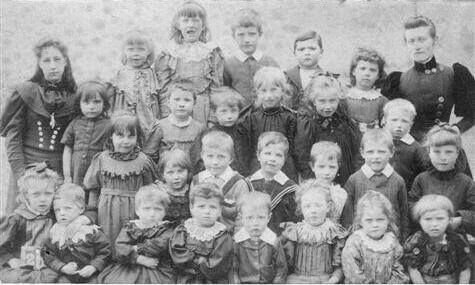
Ashburton Museum has a photograph of Miss Hext's School at 26, North Street, circa 1905 – this school admitted both boys and girls. In the 1914 Kelly's Directory for Devon and Cornwall a Miss Bessie Hext was still running a private school in North Street. For younger children ?
Miss Bessie Hext died in August 1915. The Western Times described her as the last member of an old Ashburton family.
Western Times 3 September 1915 p13 col1
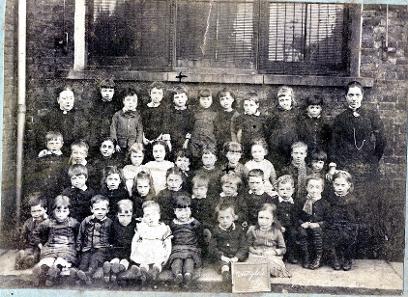
During the 2nd World War Dutch evacuees were taught in the staff room of the Council School (ie the Primary School) (Remembered by Wendy Major)
There was also an evacuee school in the old manor house above Holne Cross (which later burnt down) (Remembered by Wendy Major)
